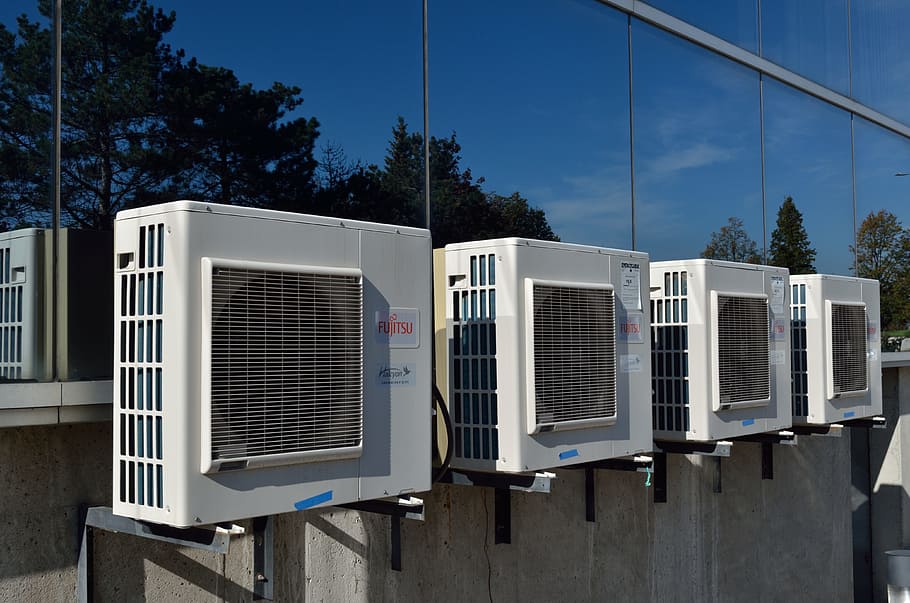
Norway HVAC Systems Market Set to Grow at a CAGR of 8% by 2030
Share

The Norway HVAC systems market is forecast to reach USD 2 billion growing at a compound annual growth rate (CAGR) of 8% till 2030, according to a new market research report by Next Move Strategy Consulting. The market is experiencing significant growth, fueled by environmental considerations, a growing focus on air quality, and the integration of advanced technologies in HVAC systems.
Don't Miss Out! Get Your FREE Sample!
Key Drivers of Market Growth
1. Environmental Awareness and Sustainability
Environmental concerns, such as climate change, air quality degradation, and ozone layer depletion, are playing a pivotal role in shaping the demand for sustainable HVAC solutions. Governments globally are introducing legislation to mitigate the environmental impact of HVAC systems, pushing manufacturers to innovate and develop eco-friendly technologies. This heightened awareness around sustainability is driving the adoption of energy-efficient HVAC systems and promoting the use of greener refrigerants to reduce the carbon footprint.
Test It First – Download Your FREE Sample!
2. Demand for Enhanced Air Quality
As indoor and outdoor air quality becomes a greater concern, both residential and commercial property owners are increasingly investing in HVAC systems that not only regulate temperature but also purify and filter air. Modern HVAC systems equipped with advanced filtration technologies, such as HEPA filters and UV-C light sterilization, are gaining popularity due to their ability to eliminate allergens, pollutants, and pathogens, thereby ensuring cleaner and healthier indoor environments. This growing demand for air quality enhancement is a significant factor fueling market growth.
3. Integration of IoT Technology
The integration of Internet of Things (IoT) technology into HVAC systems presents a tremendous opportunity for the industry. IoT-enabled HVAC systems allow users to remotely monitor and control their heating, ventilation, and air conditioning units, enhancing energy efficiency and optimizing performance. Additionally, IoT integration facilitates predictive maintenance, helping to identify potential issues before they escalate and reducing overall maintenance costs. As more buildings seek smarter and more energy-efficient infrastructure, the adoption of IoT in HVAC systems is expected to significantly contribute to market growth.
Challenges Facing the Market
1. Rising Raw Material Costs
The HVAC systems market is facing challenges due to the rising costs of raw materials such as steel, copper, and aluminum. These materials are essential for the production of HVAC units, and inflation and supply chain disruptions have made them more expensive. This has led to increased production costs, which are particularly difficult for small and mid-scale HVAC companies to absorb. Higher production costs may constrain profit margins and limit investments in research and development, potentially slowing innovation in the market.
Conclusion
The Norway HVAC systems market is poised for robust growth, driven by environmental concerns, increasing demand for improved air quality, and the adoption of advanced technologies such as IoT. As sustainability and smart technologies continue to shape the industry, manufacturers are investing in innovative solutions that meet the growing demand for energy-efficient, eco-friendly systems. Despite challenges related to rising raw material costs, the integration of IoT into HVAC systems presents a significant opportunity to enhance energy efficiency, reduce maintenance costs, and improve overall user satisfaction. The market's future remains promising as these trends continue to shape the trajectory of the HVAC systems industry in Norway.